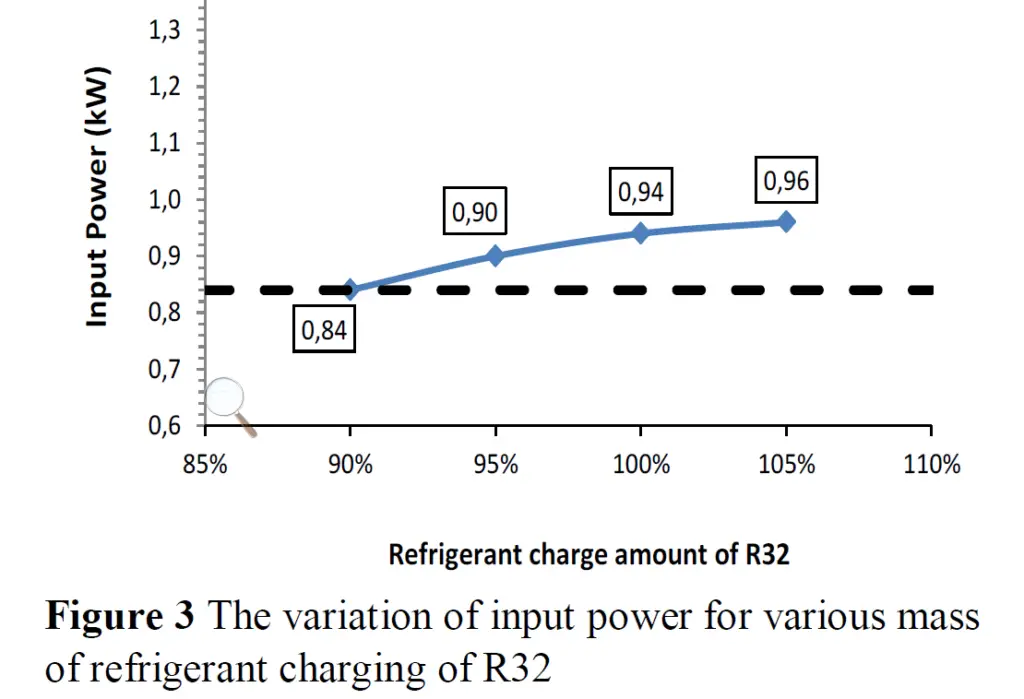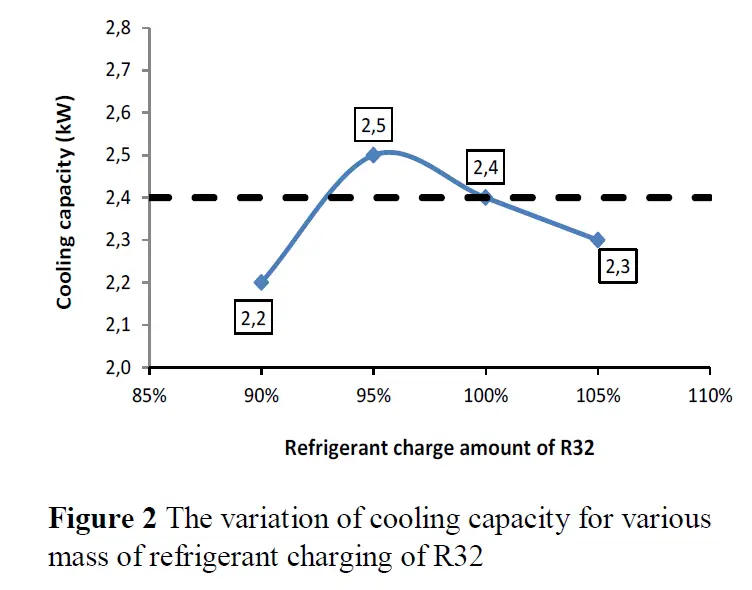In this post, we will conduct a comparison between two types of compressors: one that operates with the refrigerant r600a, and another that uses R290.
Difference between R290 and R600a:
- Let’s start by saying that the units incorporating the r600a compressor and R290 are generally used for lower cooling capacities. R600a is used in refrigeration and freezing and is not employed in air conditioning, while R290 is used in refrigeration, freezing, air conditioning, and even in heat pumps.
- As these units typically possess lower refrigeration power, this allows for concentrating a lesser quantity of r600a and R290, thus compensating for their flammability.
- Due to these flammability characteristics, it is especially recommended to use compressors with r600a and R290 in new equipment specifically designed for this type of gas.
- In terms of the molecules of the refrigerants, R290, in its vapor state, is almost three times heavier than r600a.
- This implies that, with a slight volume of gas passing through the compressor, several grams of R290 will be transported compared to the compressor with r600a.
- Although R290 is slightly more potent in terms of cooling compared to r600a, the greater amount of grams passing through the R290 compressor is the aspect that makes the biggest difference between the two gases.
- In contrast, r600a is less dense, resulting in a lower flow of grams through the compressor.
- A compressor using r600a handles fewer grams of gas per unit volume compared to the R290 compressor. Thus, to equalize the R290 compressor, an increase in displacement is necessary. This is why the r600a compressor tends to be larger in terms of volume, compared to an R290 compressor with the same cooling capacity.
- Regarding oil compatibility, both r600a and R290 are compatible with mineral oil, alkylbenzene, and polyolester oil (POE).
- Compressors using r600a and R290 lead to different system designs due to the varying volumetric flows required for the same cooling needs.
- The system using an R290 compressor is more efficient in terms of consumption compared to r600a for the same cooling capacity. In other words, R290 has a higher coefficient of performance (COP).
- Regarding the temperature at the compressor outlet, it is observed that the discharge temperature of R290 is much lower than that of r600a, by about 17°C on average.
- Both the r600a and R290 compressors can be charged in either liquid or vapor phase without issues.
- The size of the capillary tube, for the same cooling capacity, is different for the r600a and R290 compressors.
- The operating pressures of both compressors are completely different.


